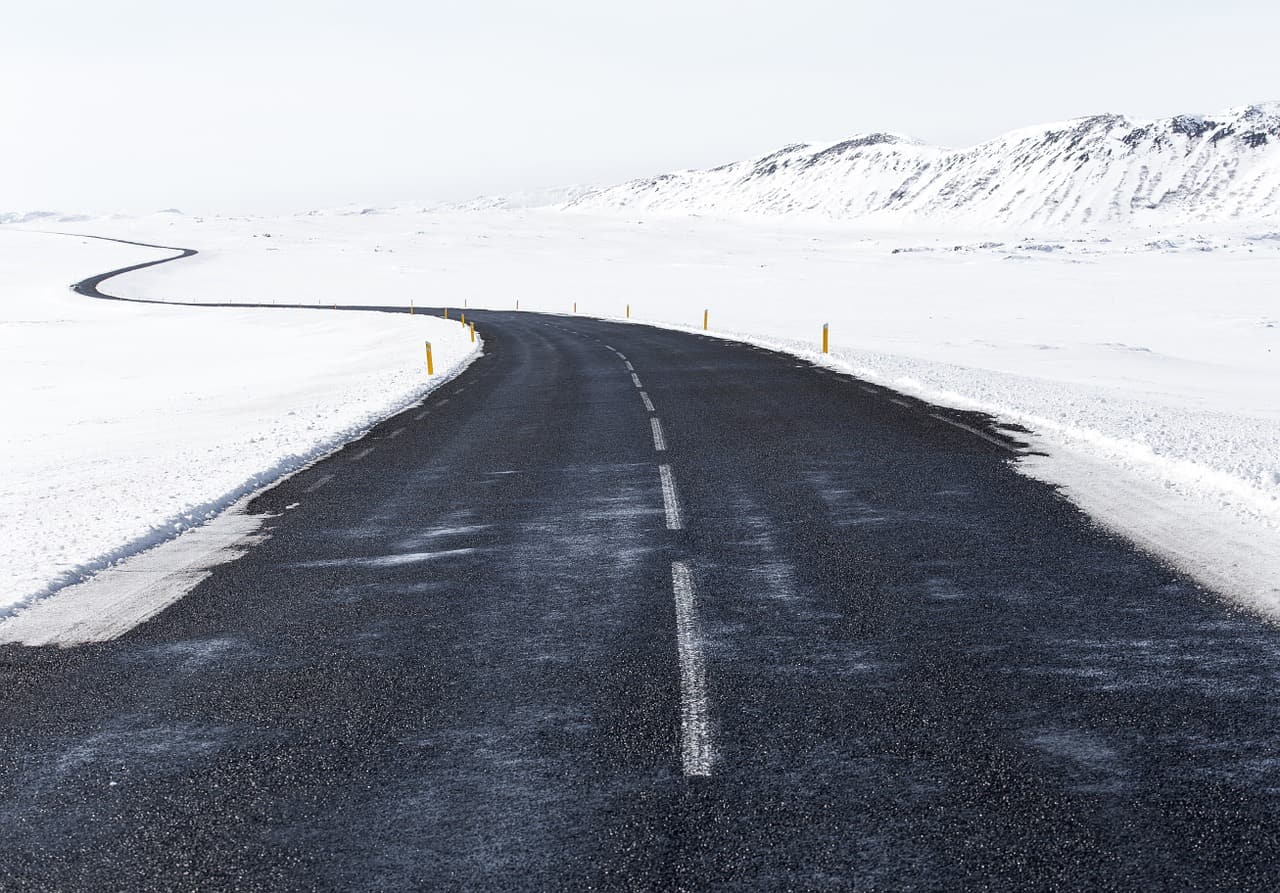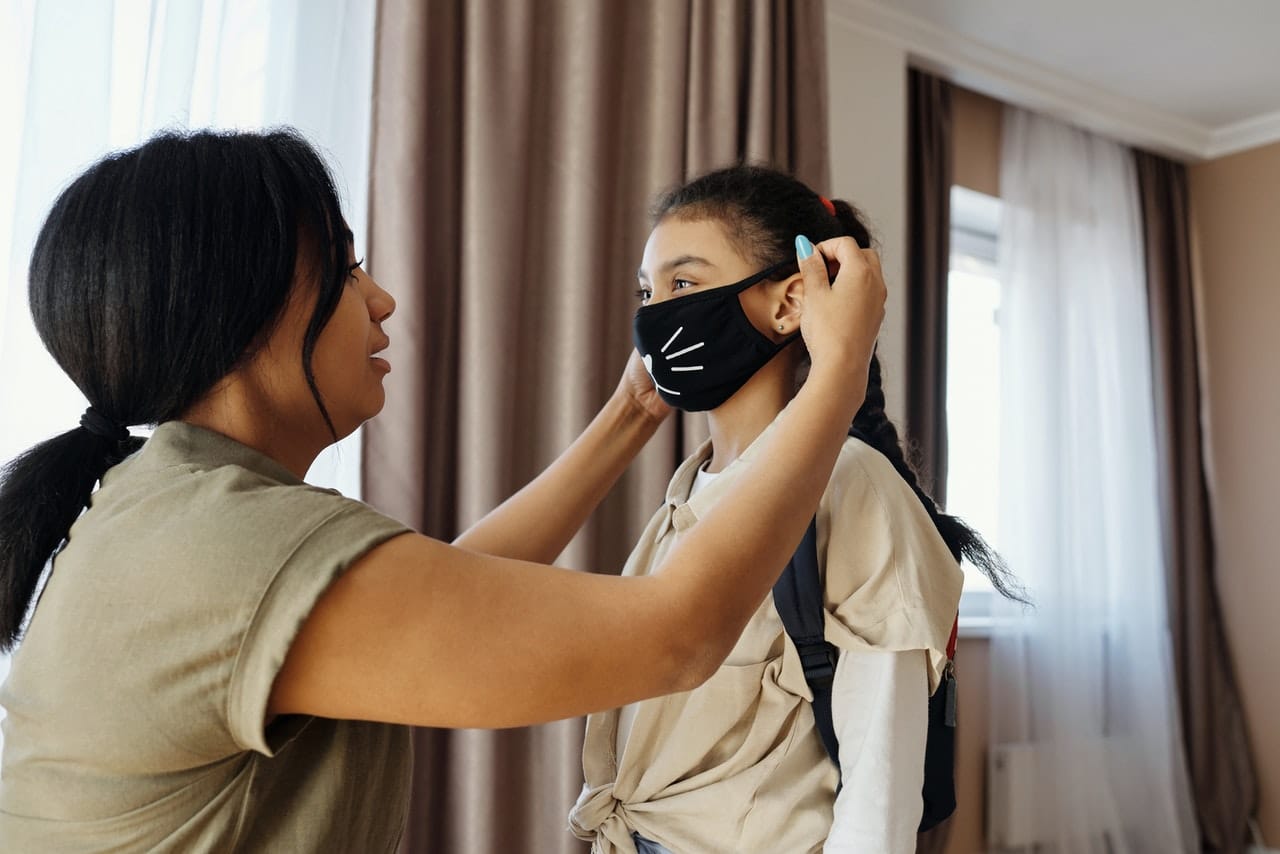There’s nothing quite so cozy as settling in for a winter storm when you have all the groceries and supplies you need, no one has to go anywhere, and you can whip up a big pot of soup, chili or stew to enjoy while you watch the snowfall. But when a winter storm has made the streets slippery, but you still need to go somewhere, it’s another matter altogether.
Fortunately, whether you are making a quick jaunt to the store for supplies or traveling a long distance to spend the holidays with your family, being prepared for winter driving is the best way to keep yourself and your family safe. Grab a cup of coffee or cocoa and read on for the best winter driving safety tips!
Before the Storm Starts
During the winter season, stay prepared for driving in inclement weather. Put together an emergency kit to keep in your car at all times. Be sure that your car has ample amounts of all fluids and that the tires are properly inflated — cold weather can cause them to lose air, so check the pressure often. Another wintertime essential to stay on top of is your windshield wipers. If you need new blades, don’t put off changing them.
Take It Slow
Slowing down when the roads are slick is just common sense, and when a blizzard is raging, you might not be able to speed anyway, since others on the road are liable to be driving cautiously. But you should also plan plenty of time to get your car ready and warmed up before you even set out, advises a Denver personal injury lawyer at Lampert & Walsh, in order to avoid dangerous accidents.
That will give you the chance to thoroughly clear ice and snow from the car’s roof, hood, windows, windshield, and lights. Driving with obscured windows simply isn’t safe — nor is it very nice to let your car’s excess snow fly off into the windshield of the driver behind you. And if your vehicle is nice and toasty, you won’t be in a huge hurry to get your driving done with, which will save you from making careless errors.
High Tech Isn’t Always Best
Automobile manufacturers go to incredible lengths to ensure that the safety measures and features in their vehicles are tested, true, and trustworthy. However, you shouldn’t necessarily rely on these features with blind faith.
A classic example is all-wheel drive and four-wheel drive. These can be helpful in getting you where some other cars might not be able to go, but they cannot protect you from foolhardy or too-fast driving. You’ll still need to exercise caution.
Similarly, and perhaps surprisingly, traction control might not be as useful as yo assume. Sometimes, particularly if you’re stuck in a slippery spot or parked on a patch of ice, you will be better off without the electronic stability control. That’s because it uses the car’s brakes to regulate the speed of your wheels, but on an icy spot, letting the wheels spin slightly can help you get going.
Make No Sudden Moves
In addition to reducing your overall speed and taking your time getting prepped, build in plenty of time while you’re in motion to — well, to do anything. Slowing down, stopping, accelerating, turning, changing lanes: all of these actions may take longer when there are extreme weather conditions.
It’s also smart to give other drivers plenty of notice as regards your intentions. Put on your turn signals well in advance of the actual turn. If you find it difficult to decelerate adequately as you’re about to enter a parking lot or a side street, consider going around the block rather than making a quick detour that could end in a skid — and a collision.
If your car does start to skid, steer into it. It may be counterintuitive, but it’s the simplest way to regain traction and control of the vehicle.
With these safety tips in mind, and everything you would need if you got stuck or stranded in the trunk of your car, navigating through winter storms should be a snap. Don’t forget to keep your cell phone charged, and bring along an extra portable charger just in case!








